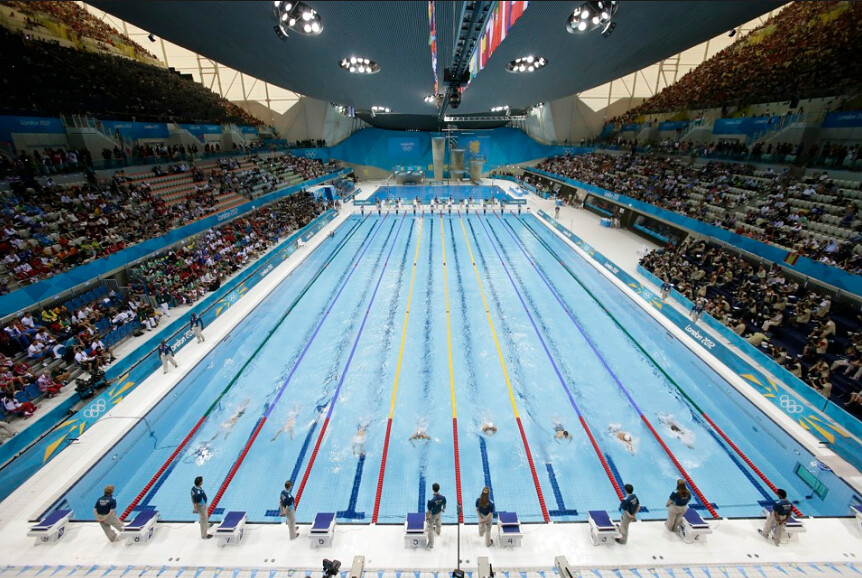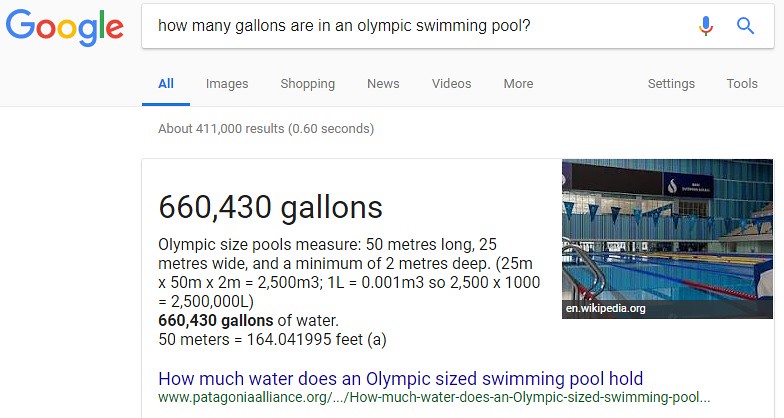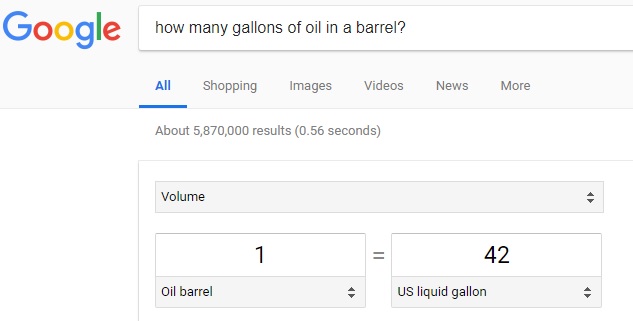Source: Spring Pool Builder
With the number of proposed pipelines throughout North America extending down into the United States, there has been additional concerns about the potential adverse impact on the environment (in the event of a oil spill). One such example is the expansion of a pipeline in Canada. According to an article in 'Yale Environment 360' titled "For Marine Life, New Threats from a Fast-Tracked Canadian Pipeline" the recent proposed expansion will more than double the daily capacity of oil moving through the pipeline:
Nearly everyone involved in the controversy over Canada’s troubled Trans Mountain Pipeline was surprised when Prime Minister Justin Trudeau announced in May that his government would take over the construction from a private company to ensure that additional tar sands crude oil can move from northern Alberta to a port in British Columbia.The 715-mile Trans Mountain pipeline expansion would add a parallel pipeline to an existing one, increasing the route’s capacity from 300,000 to 890,000 barrels per day and helping producers sell crude and refined oil to Asian markets. Trudeau’s action means that a pipeline many thought might never be built is now on a fast track to completion by 2020. Construction is scheduled to begin this month.
Wow. Adding an additional pipeline would increase the amount per day by nearly tripling the current amount. In order to understand (comprehend) the potential for disaster -- in the case of an oil spill -- the analysis carried out below will shed light onto the new daily amount of oil to be moved through both pipelines.
How Large Is An Olympic Size Pool?
A metric which is commonly used on this blog site in order to cast or shed light onto large (enormous) numbers is an Olympic size swimming pool. The picture at the beginning of the blog post above is that of an official Olympic size swimming pool. In order to determine the volume of water that is needed to fill such a large pool, a search engine (i.e. Google) can be consulted with the following question: How many gallons are in an Olympic swimming pool? The answer is shown below:
In a typical Olympic size swimming pool, there are 660,430 gallons of water. Compared to an average pool (however that is defined?) the ranges of volumes (in gallons) range from 12,000 gallons to over 30,000 gallons. Still, these are small compared to an Olympic size swimming pool. Which also translates to the enormous volume in question in the blog post.
Now that the volume of an Olympic size swimming pool is known, the analysis can be carried out to determine the number of Olympic size swimming pools would be filled per day with a flow rate of 890,000 barrels of oil.
How Many Swimming Pools/Day?
To start an analysis of comparing volumes or flow rates, the initial (and very important) step is to determine the 'units' of measurement in which each value is presented at the beginning of the article. The author above stated the flow rate of oil per day in the units of 'barrel per day' -- specifically 890,000 barrels per day of oil.
The issue at hand is that a direct comparison of flow rate over time [(890,000 barrel/day) x (1 day) = 890,000 barrels (i.e. volume)]. Therefore, in order to compare the total amount of oil to the volume (a metric) of an Olympic size swimming pool, the volumes must be expressed in the same units -- i.e. 'gallon'. In order to determine the amount of gallons in a barrel, we consult 'Google' again with the following question: How many gallons of oil in a barrel? The answer is shown below:
Now that both values are expressed in units of 'gallon', the total amount of oil which will flow per day with the current expansion (addition of a new pipeline) is shown below:
Notice that the flow rate is expressed in units of 'gallon' -- the same as a swimming pool. The final step is to divide the flow rate by the volume of the swimming pool:
The answer indicates that with a flow rate of oil per day through an oil pipeline of 890,000 barrels per day, a total of 56 Olympic size swimming pools could be filled. This is over a 24 hour period. That would be the total amount of oil which would spill into the environment surrounding a break in the pipelines.
Conclusion...
The analysis above indicates that over a 24 hour period, a total of 890,000 barrels of oil transported through the 715 mile pipeline would be equivalent to filling up 56 Olympic size swimming pools. Which is also 37,380,000 gallons per day. That is no small number. Which makes the concern of environmental groups worth entertaining since the fall out of an oil spill would be not be trivial.
Related Blog Posts:
Reader Question: How far would 291 billion Goodyear Blimps reach end to end?
With 29 Trillion Cubic Feet of Natural Gas, How Many GoodYear Blimps Could Be filled?
Dimensional Analysis Of Statistics And Large Numbers - Index Of Blog Posts
What is dimensional analysis?
How many trash carts can be filled with 80 billion pounds of trash?
How many people would be killed if 1,485 pounds of Fentanyl were distributed onto the streets in the U.S.?
Was The Recent Oil Spill in China The Largest In History?
LimeBike Dockless Bikeshare Riders Travel A Distance Of 13,000 Miles In Just Over 3 Weeks?
How Many Cigarettes Can You Roll With 18,000 Pounds Of Marijuana?
How Many Turkey's Are Served On Thanksgiving Day? How Many People Served?
How Much Trash Would Be Required To Fill The Great Wall Of China?
How Many Birds Per Minute Can Be Processed On A Single Line At A Poultry Processing Plant?
Hurricane Harvey Drops Enough Rain On Houston To Fill 560 Dallas Cowboy Stadiums
If Technology Fails, Use Basic Math Skills - Count Manually!!
How Much Water Is Contained In All Oceans Around The Globe?





No comments:
Post a Comment